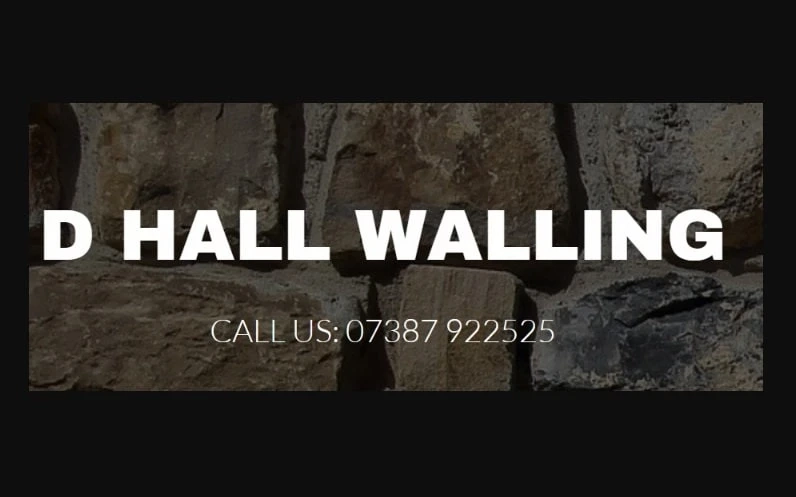Build a Stone Wall on your Property
There\'s just a thing about a stone wall or structure that one can not help but associate it with strength, durability, and power. Whenever you ...


There\'s just a thing about a stone wall or structure that one can not help but associate it with strength, durability, and power. Whenever you ...

